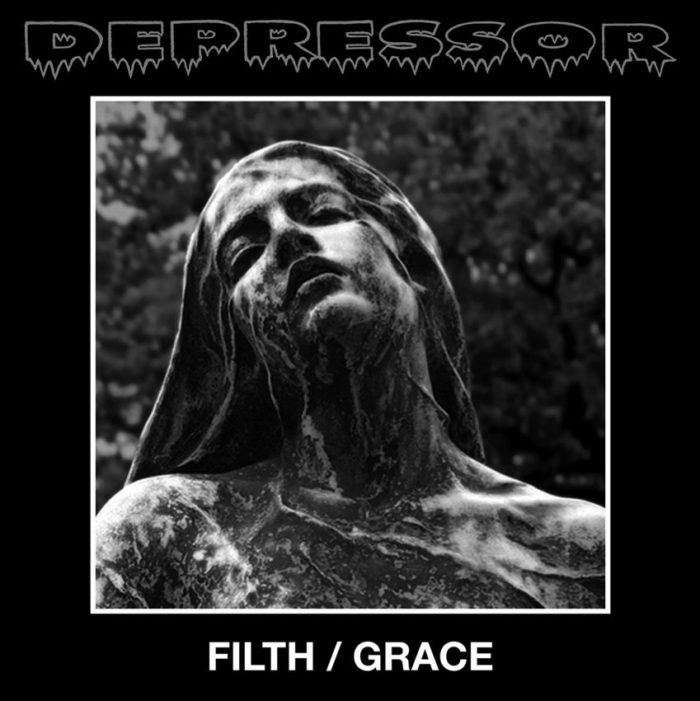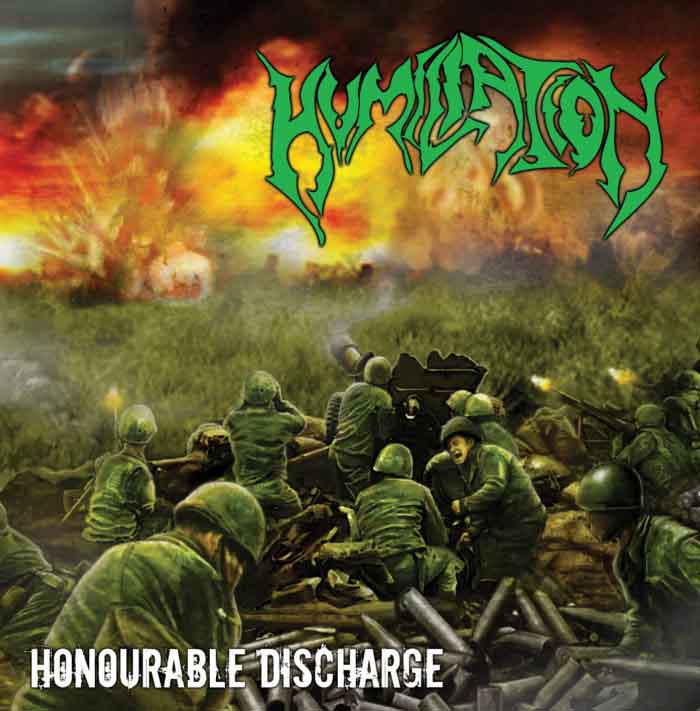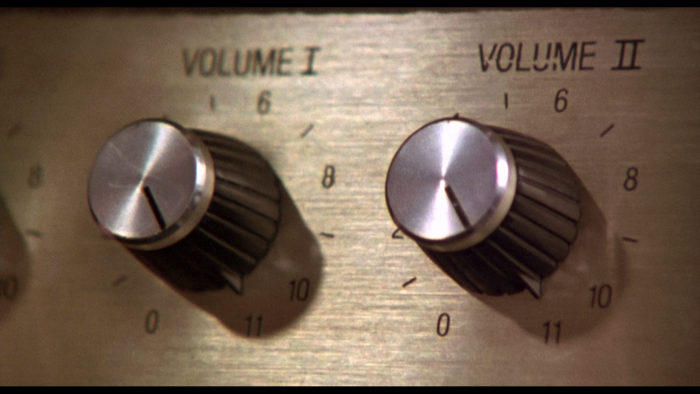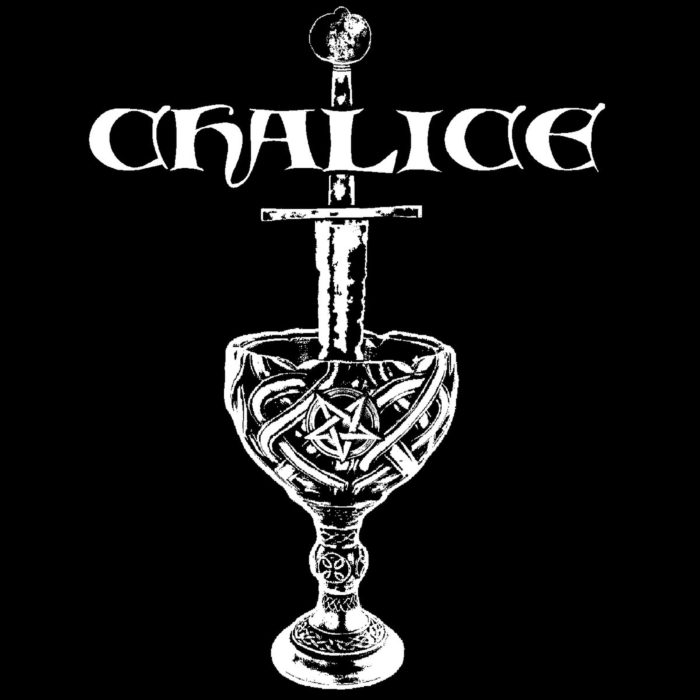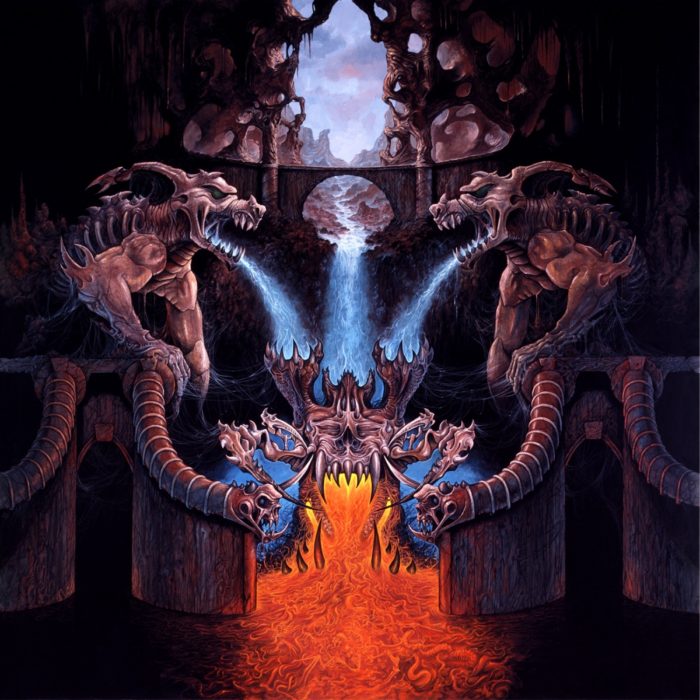
Texas is a huge place, which is why Texas metalheads spend most of our time driving between cities to attend shows far away. We drive the equivalent of several eastern states — Texans measure distance between cities in a unit called a Massachusetts because that dinky little state is a great yardstick — just to see some of the many great bands that Texas has produced.
It is for this reason that Alfred Fuentes III is known to most of us. A fixture at Houston, Austin and San Antonio shows for the last two decades, he always shows up early and supports the bands through intangible ways as well as tangible. He has known many of the Texas metal musicians for even longer. Unfortunately, he has run into health challenges and to counter this, Texas metalheads are throwing a benefit bash to help his family.
(more…)
5 CommentsTags: alfred fuentes III, david herrera, death metal, elder gods, saturnatas, terrorem, texas, white swan, wülfskol

